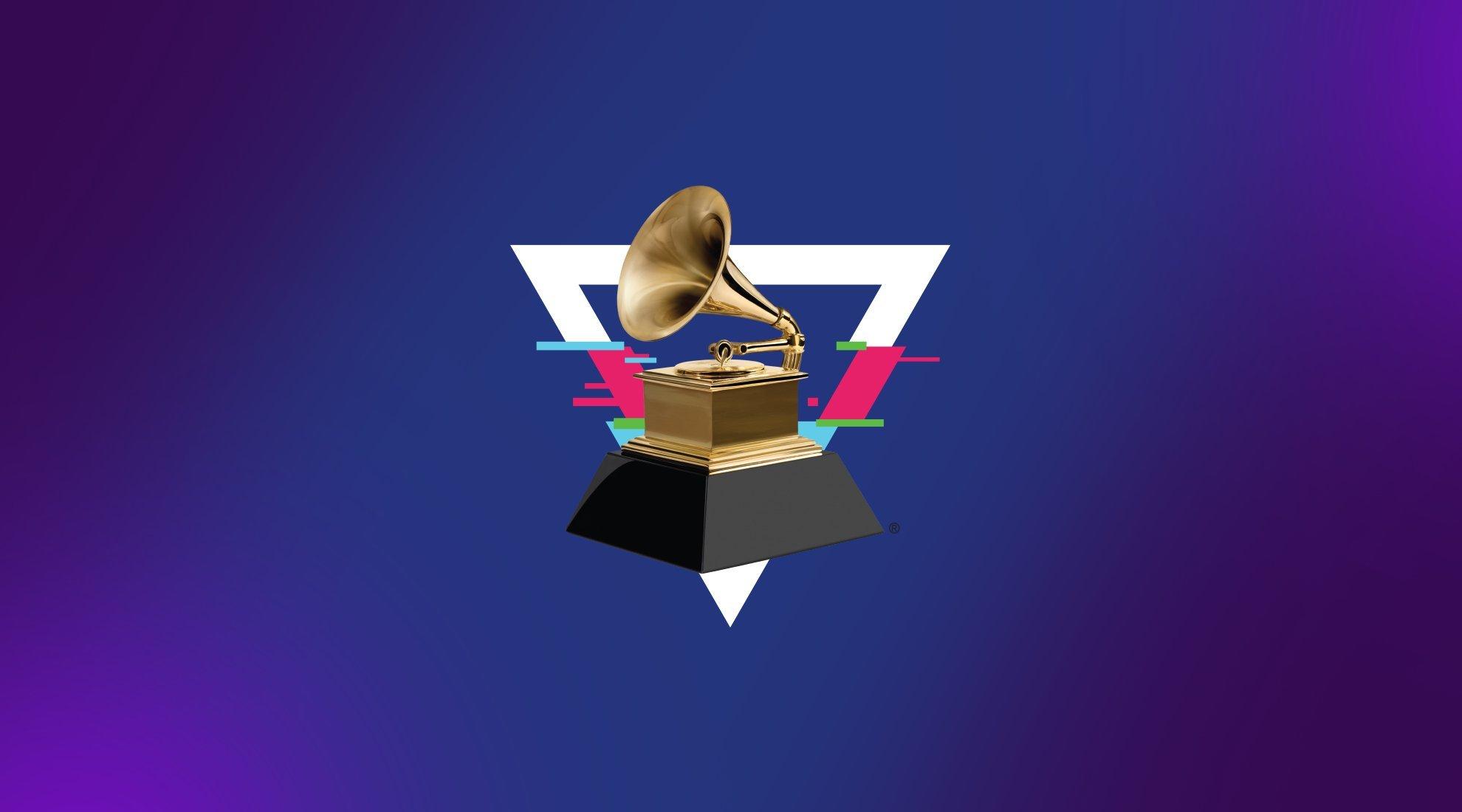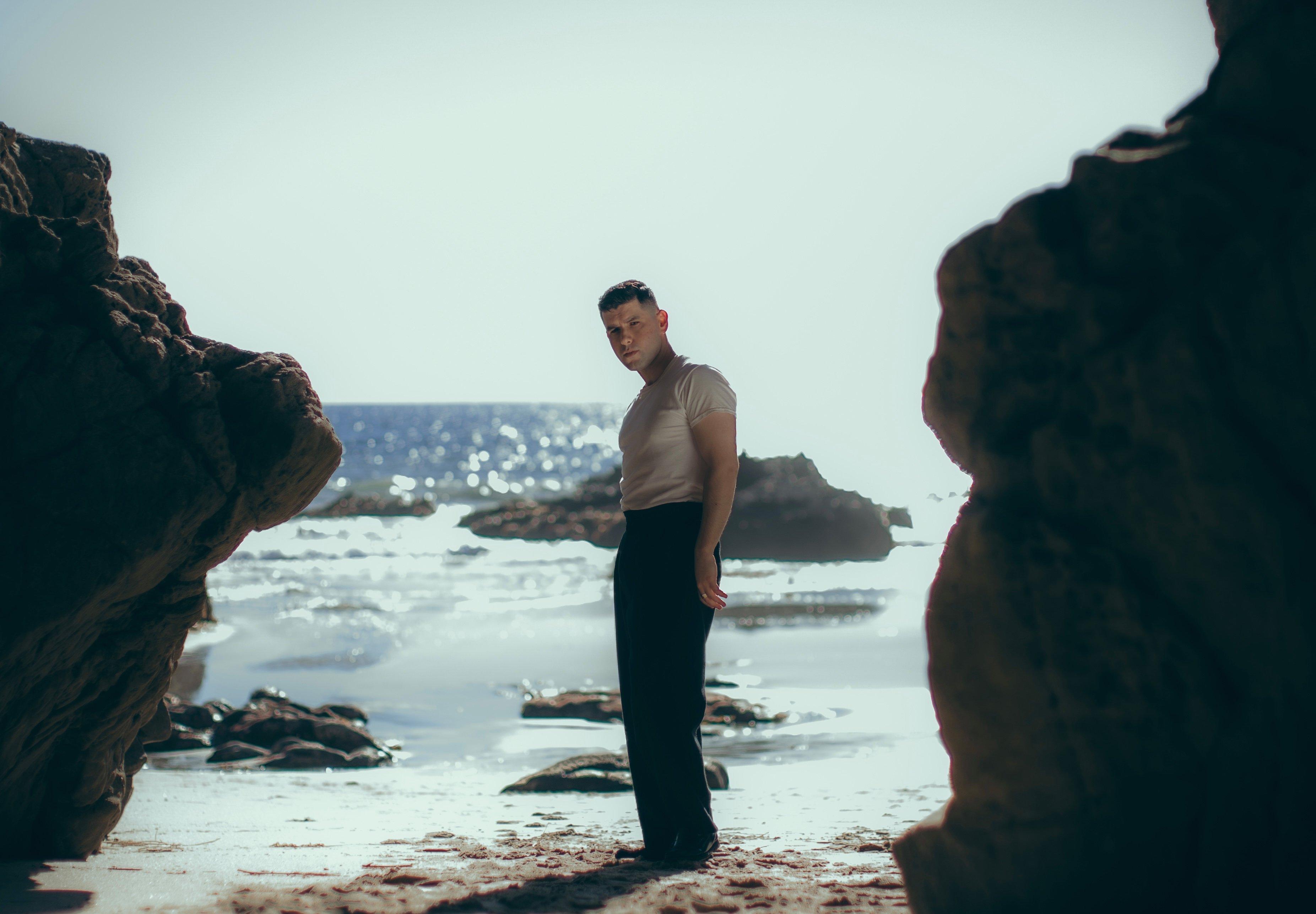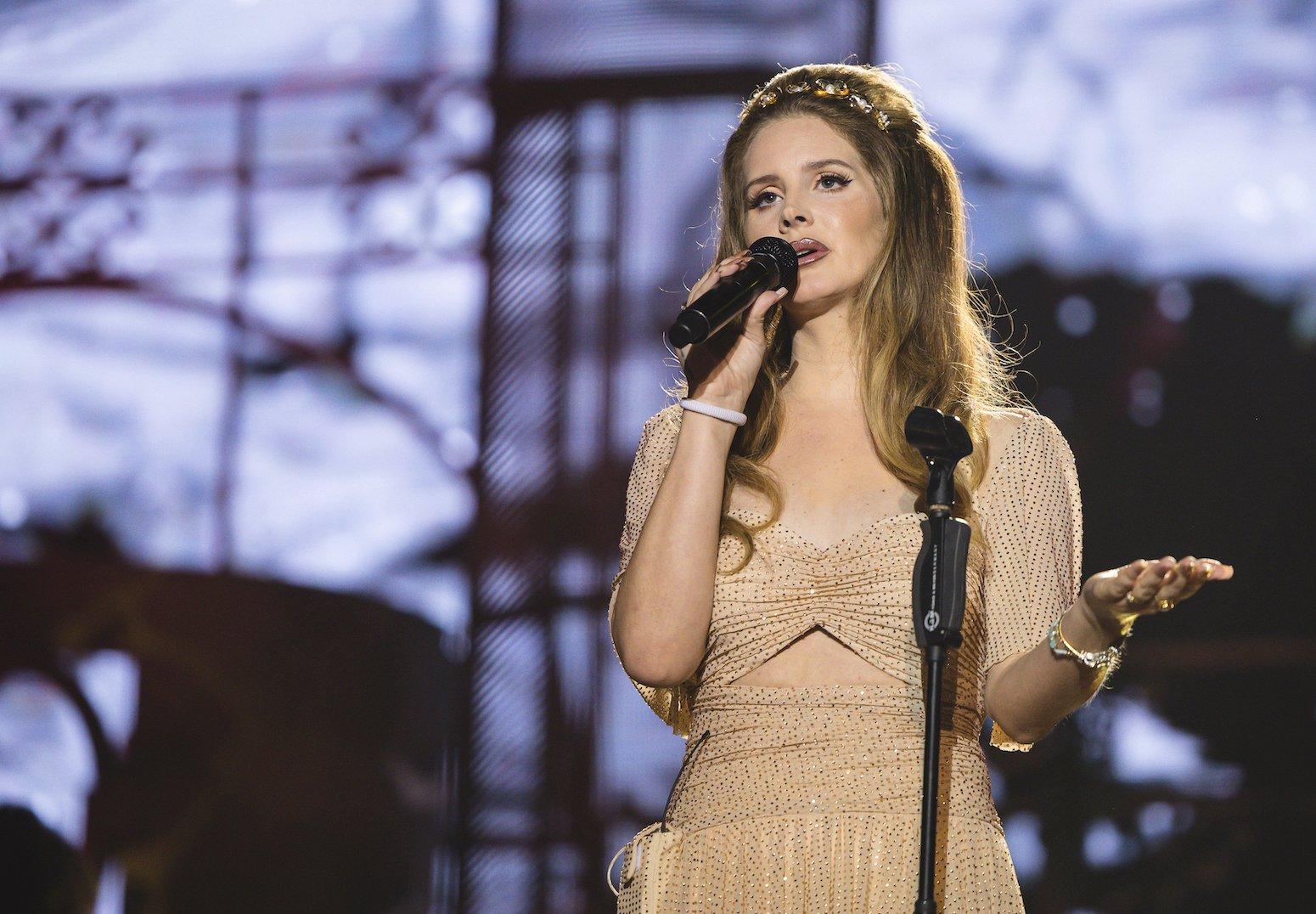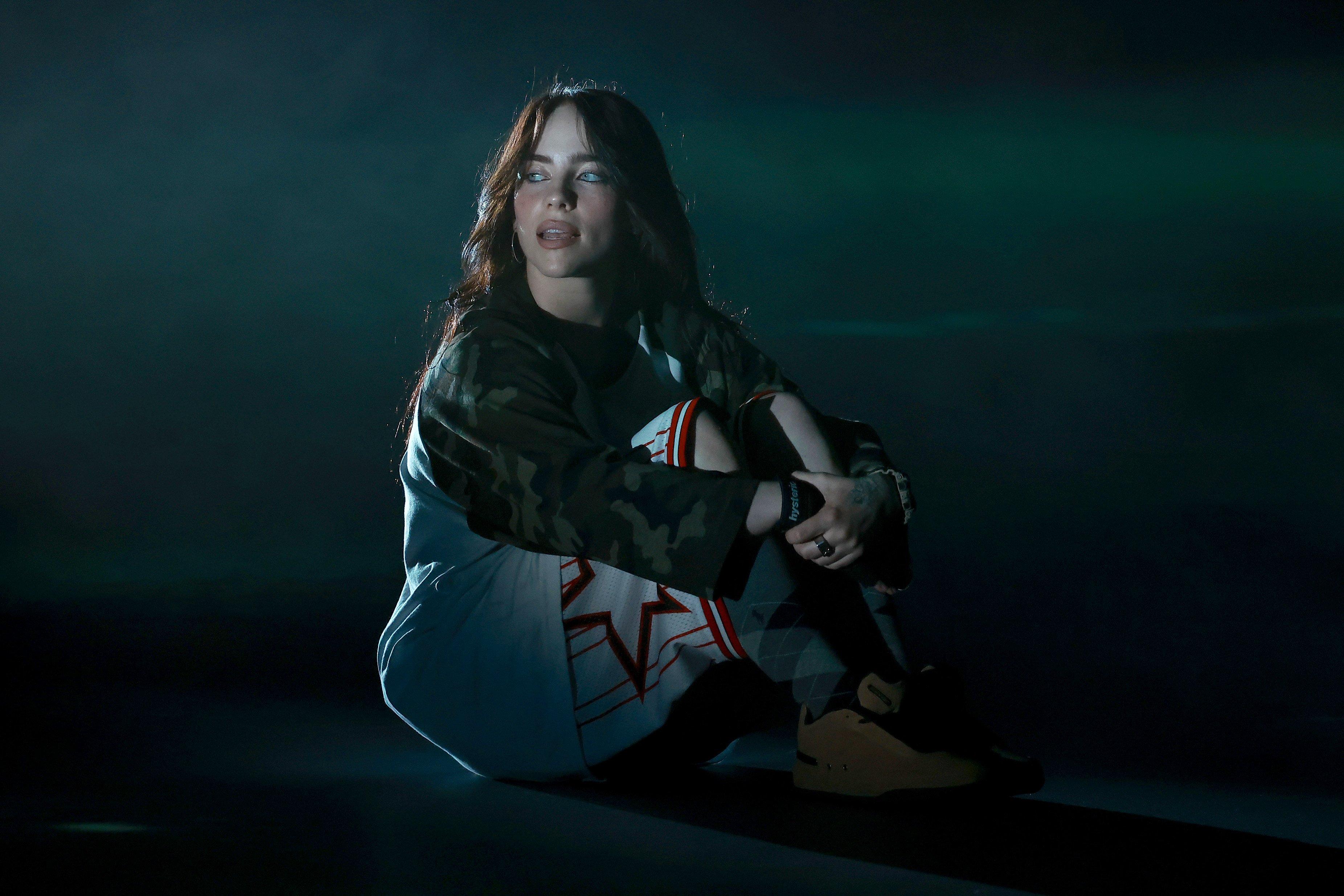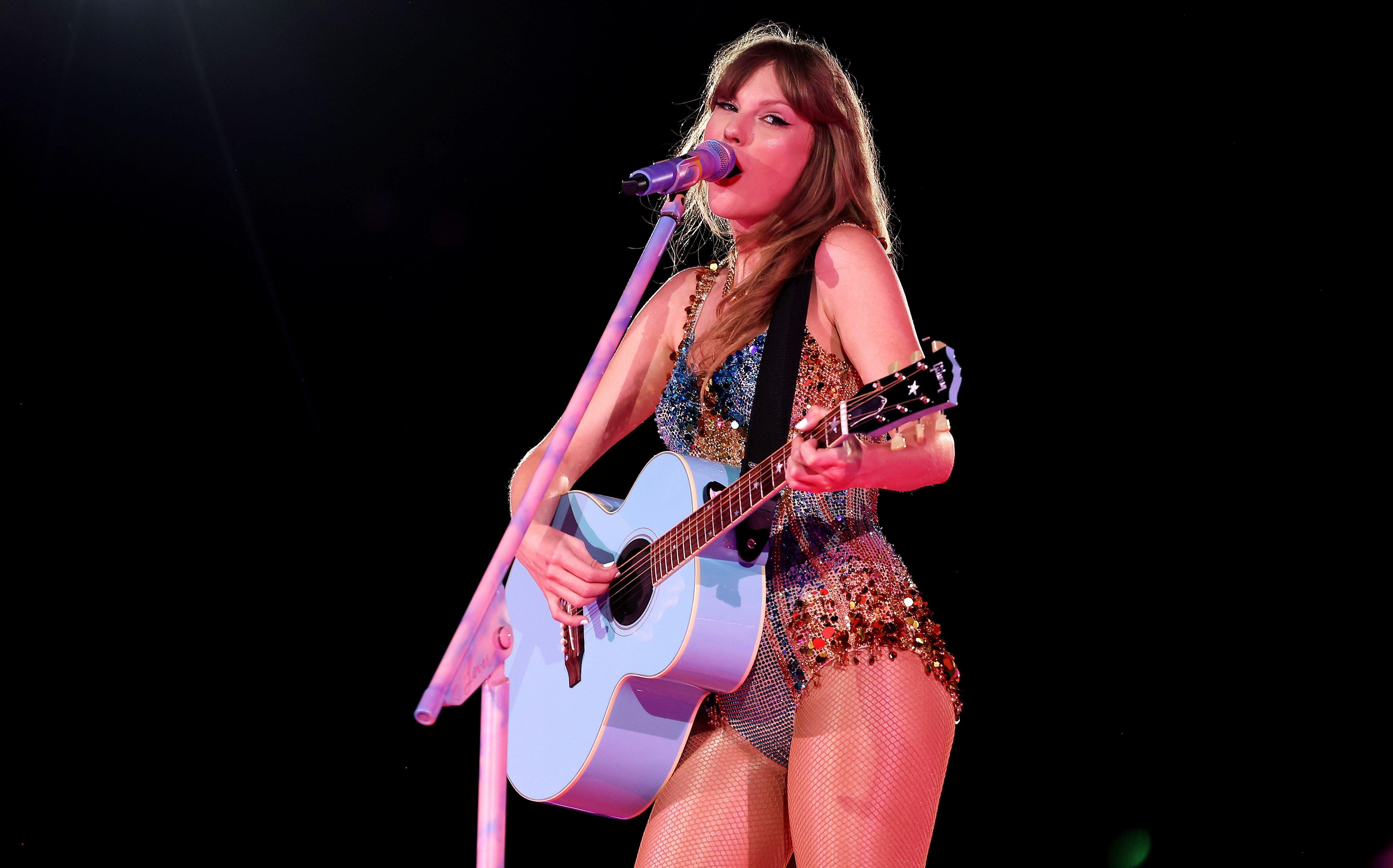If Aaron Frazer had not wound up singing and playing drums with the soul outfit Durand Jones & the Indications, or on his own solo records, he suspects he may have ended up working as a music history teacher.
"My favorite classes in college were music history. Even something I knew already, like the history of rock and roll, those are songs your dad probably played, but hearing it through the lens of somebody who truly loves it and looks at you and says, ‘Isn’t this amazing?’ that stirs something up in you," says Frazer.
Unfortunately for his would-be music students, Frazer did decide to make music. He started making hip-hop beats in high school, then learned to play the drums and studied music engineering at Indiana University, where he met the musicians who would form Durand Jones & the Indications in 2012. The quintet have released three studio albums (and one live record) of R&B, soul, and disco, each of which open with a statement of political consciousness.
It was in the early days of the Indications that Frazer learned he could do more than play drums and write songs: he had an innate ability to sing in the upper-range falsetto — an extremely useful tool in soul ballads. Arguably, Frazer's delicate lead on the Indications' 2017 single "Is It Any Wonder?" helped popularize the group.
Frazer released a solo album in 2021, fittingly titled Introducing…, produced by the Black Keys' Dan Auerbach. With ample amounts of his signature falsetto, the debut is rooted in pure, sweet soul that could easily be mistaken for a recording from the '60s. Interspersed throughout his songs are bouncy bass lines, flourishes of horns, strings, organ and piano, funky guitar patterns, and backing vocals. Lyrics tell earnest stories of love, breakups, disappointment, loneliness, and joy.
Frazer's second solo album arrives June 28. Into The Blue features some of his trademark sweet soul sounds, and adds in inspiration from the Spaghetti Western film scores of Ennio Morricone, the lush jazz-rock recordings of David Axelrod, and late-90s hip-hop from artists like Nas and Jay-Z.
Into The Blue is a collaboration with GRAMMY-winning producer Alex Goose, known for his crate-digging samples and collaborations with artists like Brockhampton and Madlib. Goose and Frazer have a shared love of the tension that many hip-hop songs create by rigging disparate elements together.
Similarly, Into The Blue combines cinematic string sections, breakbeats, and tambourines with driving bass lines, fuzz guitar, iPhone recordings and one-take vocals, and added a range of samples, including the '90s R&B group Hi-Five. Frazer’s love of hip-hop is evident in the beats: if you were to isolate the drumming on many of his tracks, they could easily lay the bedrock for an MC to rhyme over.
Frazer recently spoke with GRAMMY.com about creating Into The Blue, his experiences with the Indications, working with Dan Auerbach, and his new life on the West Coast.
What inspired the new sounds you’re exploring in ‘Into The Blue’?
There were multiple changes in my life. My relationship of five years came to an end, and I moved across the country by myself from New York to Los Angeles.
Durand Jones and The Indications had just finished an insane year of touring. We had spent seven or 10 months on the road. No more partner, no more band, and I was in a new city where I didn’t know many people. I was heading into the unknown, literally and emotionally, that was the feeling of the album.
What sound were you aiming for?
I’m a student of so many genres of music. So sonically, I’m always on a quest to bring all my influences together seamlessly and authentically, and I believe I’ve done that. It’s rooted in classics but [sounds] contemporary.
It’s soul music, and falsetto-driven, but with a country Western influence I’ve liked since high school, like Mississippi John Hurt, and gospel and disco, and always hip-hop. Hip-hop has been in my DNA since high school; I wanted to partner with a hip-hop producer to bring that DNA to the forefront.
How did you combine those specific musical elements?
The construction of the album took a ton of work, but I think all of the influences blend together and it really makes sense. If you listen to Ennio Morricone and David Axelrod, they both have these cinematic string arrangements and operatic vocals, but the drums are like MPC fodder — like proto hip-hop.
With Morricone, you hear the bass and it’s heavy. You hear the grimiest timpani drum sound. That is RZA all day. In hip-hop, they rely on samples, and they end up in conversation with so many records. It’s like chutes and ladders short cuts but with a homebase of cohesion.
How did you first get into hip-hop, and how exactly does it appeal to you?
I was probably 10 when I first heard hip-hop. In high school I started making beats on Fruity Loops. I loved Will Smith’s "Big Willie Style" and Jay-Z's "Hard Knock Life." "Annie" is the softest s— ever, but he put this pocket behind it. It moved me, and lit my brain up.
In high school I drummed for a musical production of Annie, and when we got to "Hard Knock Life," of course I started playing the Jay-Z version. The teacher was like, "Can you not do that?"
You got into sound engineering at Indiana University. What attracted you to that work?
At that time I didn't have any sort of music theory background. I thought about majoring in percussion, but I’m not a classical music guy and I’m not a jazz drummer. I grew up listening to rock and hip-hop. Meg White and Questlove were my heroes, so I wasn’t shaped for the conservatory. I just wanted to make beats. My parents suggested I learn the practical side of things so I could get a job, so I was like okay, let me do this and figure it out.
The Indications guys were classmates in the recording program. We started out making rock and roll, but we bonded over Dilla’s "Donuts," and the Jerry Butler "Just Because I Really Love You" sample pulled on our heartstrings. We geeked out on that, and then we met Durand [Jones], and that was the first time I could bring all my influences together. We were rowdy but soulful.
Is that around the same time you started singing a lot of falsetto vocals?
I discovered I could sing falsetto when I made a scratch vocal track for Durand. It was far enough removed from my own speaking voice that I could hear it as its own instrument, and it just felt like me for the first time. It’s been my signature style ever since.
In the last few years, I’ve figured out ways to incorporate both registers of my voice. I didn't grow up singing, so it’s still an adventure to learn that instrument.
How did Durand Jones & The Indications impact your life?
They are family. We have been through so much together. We traveled the world together. We put in so many hours on the road, and so many miles, and we got through it together. It’s not easy to tour, to get in the trenches and get in a van. Being able to grind it out together and grow together, being a part of a band that writes and produces together.
Now I think about us like the Avengers. There’s a main story line, and you create a universe around it, and everyone has their own worlds and universes. Right now I’m drumming on [keyboardist] Steve Okonsky’s jazz record, and Okonsky is playing bass on my record. I produced a record with a Durand on vocals.
It’s important to have a place you can go and learn from each other and collaborate, and also have a place to go on your own. We all are eclectic, I don’t think we’ll ever run out of interesting avenues to explore.
Dan Auerbach produced your first solo album, 'Introducing…' in 2021. What did you learn from that experience?
We were writing three or four songs a day, and we wrote the record in a week. We were blasting through songs. Dan accesses and celebrates first instinct and intuitiveness. You do two sessions a day, and you come out with a song per session.
Read more: From The Black Keys To Behind The Board: How Dan Auerbach's Production Work Ripples Through The Music Community
On the new record, I tinkered for hours over some moments, but many moments just happened. On the song "The Fool," we used iPhone files. You can hear the drummer say "play it again," just like a demo. It had magic to it. We tracked it again, but the voice memo had a looseness to it, and I gave myself permission to use something that wasn’t perfect.
"Perfect Stranger" was a one-take vocal. I could have auto-tuned it, but wanted it to sound like I was on the edge of tears, and about to lose it, which I was. Dan gives himself that same permission to embrace spontaneity.
You and producer Alex Goose experimented with samples on this new album. How so?
This record is fusing my childhood artistic self with the artist I’ve grown into. The first beat I ever made, I didn’t have production software. I had a CD compilation of jazz, put it in my tower computer, opened up Windows Movie Maker, dragged the audio in there and moved it around. That was one of my first experiences making my own music and looping. I wanted to bring that vibe back. One of the things that makes hip hop sound the way it does, is the tension created by rigging disparate elements together.
Recorded with different rooms, preamps, and signals creates an amalgamation that you can’t get when everyone is playing in the same room. We recorded stuff in different places and stack those recordings on top of each other, so it feels hip hop even though it's not. When people hear this record, they might wonder if they’re hearing samples.
What challenges popped up making this record?
When I first started, after moving to L.A., I was having trouble writing lyrics. I felt sad and heartbroken and lonely. At a certain point, a friend convinced me not to fight it, and just write about what I was feeling. As soon as I did, songs started to flow.
I’m a private person, but audiences today expect you to share all details of your life. There’s no backstage options for artists now. It required me to be vulnerable, and remember the good things about my relationship and show people the giddiness and excitement of a new relationship. The challenges were more emotional than musical.
You’ve performed on shows like "The Tonight Show" and "CBS Saturday Morning." You have more than 4.8 million monthly listeners on Spotify. How does it feel to know your music is reaching so many people?
It is wild. I think a lot about how lucky I am, knowing how many people in the world put out music every day on Spotify or Soundcloud or YouTube. It’s insane. I’m incredibly fortunate to reach people and talk to people about my records.
You have to work really hard and be really good but there’s also an element of luck. I try to help my bandmates and friends and also give people I don’t know a platform, tell my fans about them, and bring people on tour.
With the exception of college in the Midwest, you’ve always lived on the East Coast. How’s the West Coast treating you?
It’s definitely a cultural adjustment. I moved here because that’s where the culture lives. Soul music kind of fell by the wayside for a few decades, but now there’s a revival. The communities that kept that music precious and safe and alive and thriving were on the West Coast, from S.F. to L.A. and Phoenix, and San Antonio. That’s where this culture is alive, so I wanted to go and experience that, and see what doors open.
I miss the subway and public transit. I miss my midnight honey turkey sandwich from the bodega, but L.A. has shown me so much love. It’s crazy to see all the lowrider, Chicano soul bands out here.
When the Indications first started, we made our music in a basement, not a bar. We weren’t entertaining people, so it was a soft, sweet soul, and it really touched a nerve. That style has exploded. It’s cool to know that we had a hand in shaping this movement.
How Durand Jones' Debut Album 'Wait Til I Get Over' Helped Him Explore His Roots & Find Self-Acceptance

